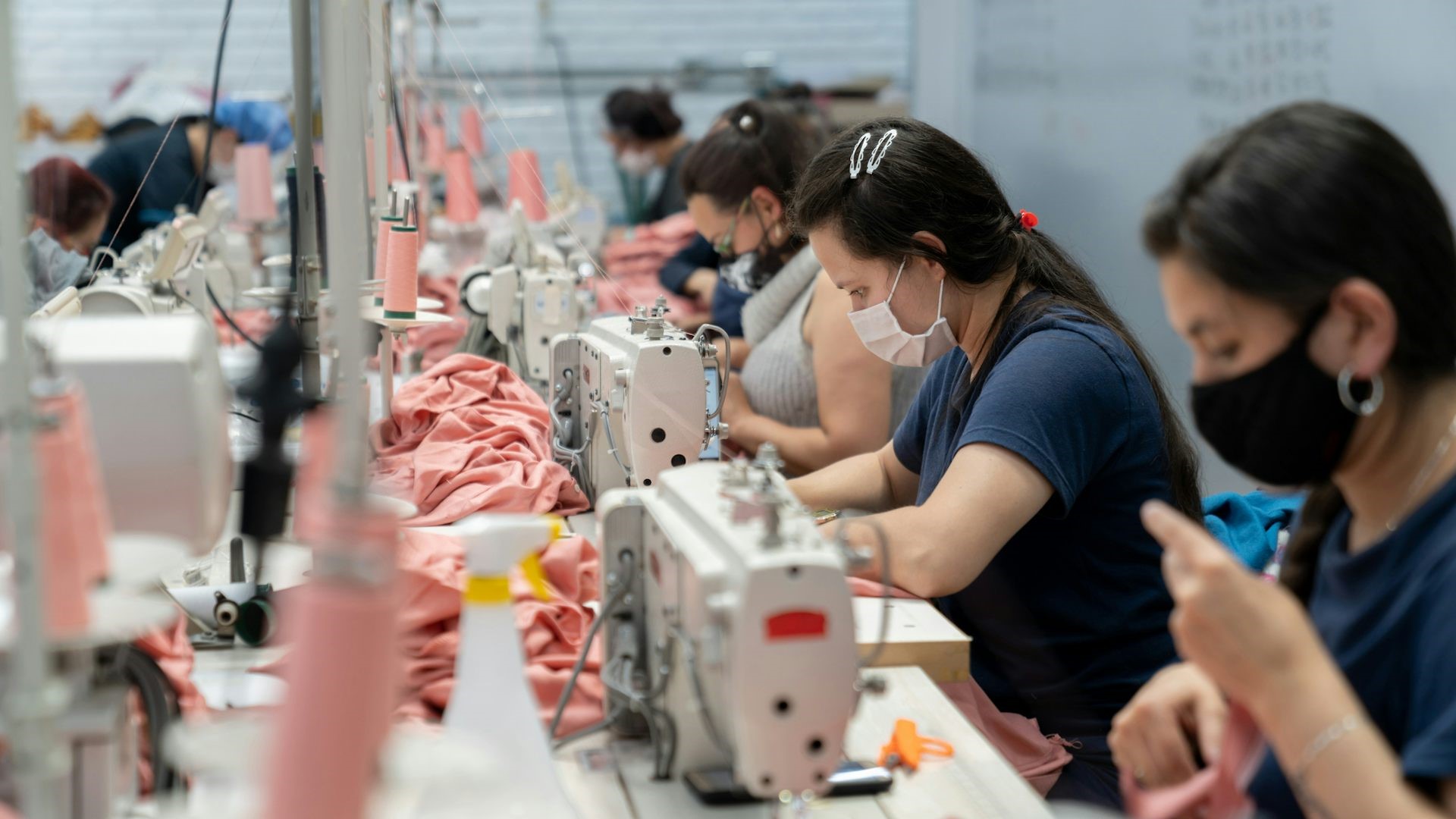Healthcare, Vol. 11, Pages 708: Effect of Spatiotemporal Parameters on the Gait of Children Aged from 6 to 12 Years in Podiatric Tests: A Cross Sectional Study
Healthcare doi: 10.3390/healthcare11050708
Authors: Magdalena Martinez-Rico Ana Belen Ortega-Avila Consolacion Pineda-Galan Gabriel Gijon-Nogueron Manuel Pardo Rios Raquel Alabua-Dasi Ana Marchena-Rodriguez
The use of lower limb tests in the paediatric population is of great importance for diagnostic evaluations. The aim of this study is to understand the relationship between the tests performed on the feet and ankles, covering all of its planes, and the spatiotemporal parameters of children’s gait. Methods: It is a cross-sectional observational study. Children aged between 6 and 12 years participated. Measurements were carried out in 2022. An analysis of three tests used to assess the feet and ankles (FPI, the ankle lunge test, and the lunge test), as well as a kinematic analysis of gait using OptoGait as a measurement tool, was performed. Results: The spatiotemporal parameters show how Jack’s Test is significant in the propulsion phase in its % parameter, with a p-value of 0.05 and a mean difference of 0.67%. Additionally, in the lunge test, we studied the % of midstance in the left foot, with a mean difference between the positive test and the 10 cm test of 10.76 (p value of 0.04). Conclusions: The diagnostic analysis of the functional limitation of the first toe (Jack’s test) is correlated with the spaciotemporal parameter of propulsion, as well as the lunge test, which is also correlated with the midstance phase of gait.

 1 year ago
23
1 year ago
23


